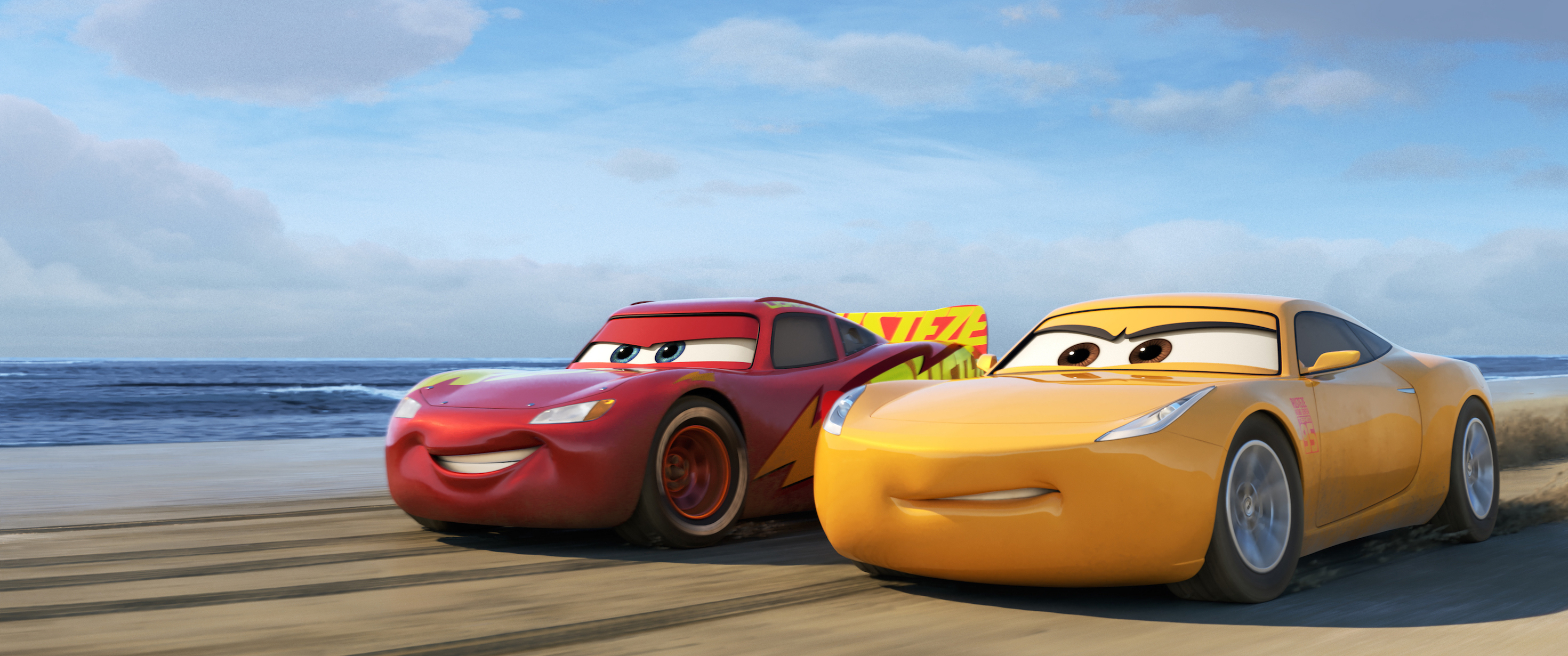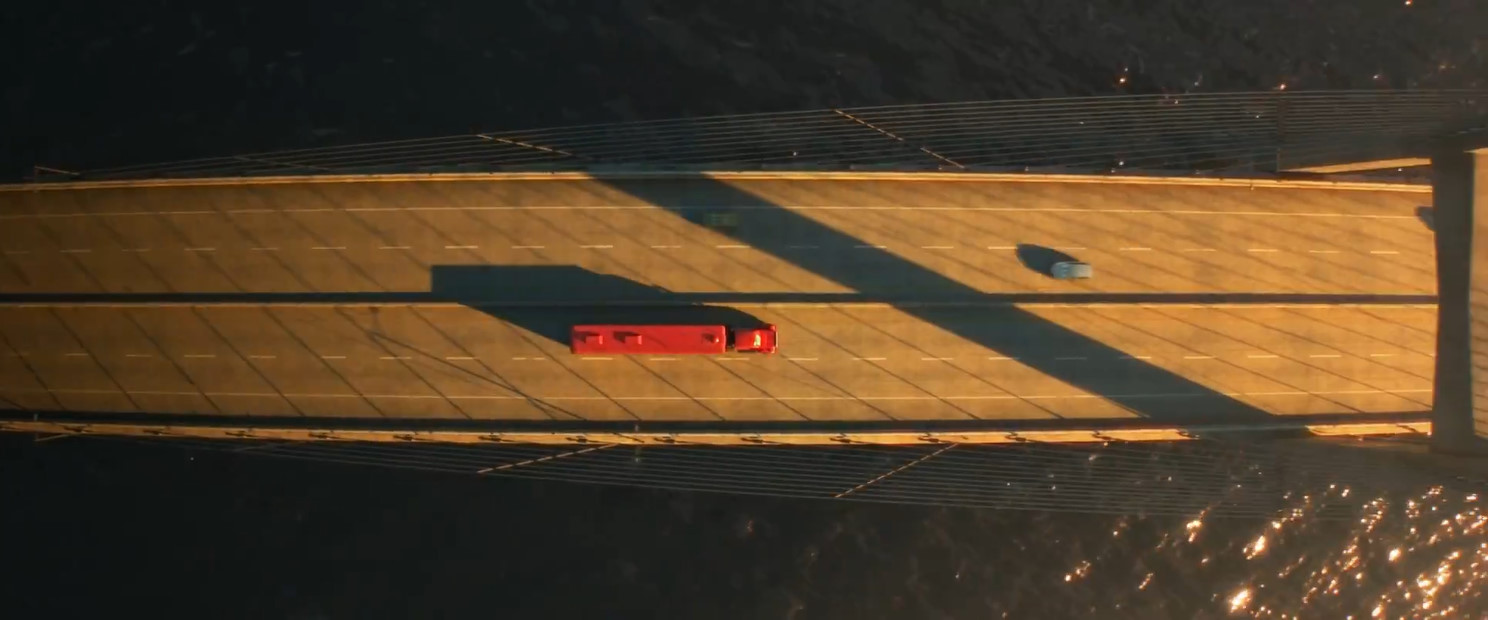One of the most durable images that recurs throughout critical histories of Classical Hollywood is the studio system’s evocation of factory principles of corporate standardization. Writing in 1927, William A. Johnston argued that “from manufacturer to consumer it [cinema] functions exactly like the industries of automobile, clothing, food products, or any manufactured product”.[i] Beginning in the late-1920s, the solidification of U.S. cinema into a well-oiled machine of mass production was taken up in earnest in the pages of The Classical Hollywood Cinema: Film Style and Mode of Production to 1960, David Bordwell, Janet Staiger and Kristin Thompson’s landmark study into the practices and patterns of studio-era filmmaking. The book argued that in its symmetry, harmony, and assembly-line production, Hollywood has “often praised its own work structure for its efficient mass production of entertaining films.”[ii] Classical Hollywood and the motion pictures it produced were widely celebrated as the “fourth industry” behind automobile companies (such as Buick and Ford), munitions manufacturers, and machine-tooled builders.[iii] It comes as little surprise, then, that “Hollywood’s mode of production has been characterized as a factory system akin to that used by a Ford plant,” with the outcome being a big-screen industrial product of similar structure and interchangeable body parts.[iv]
Pixar Animation Studio’s highly-lucrative Cars franchise represents an interesting convergence between these Fordian models of Classical film production (with its dependency on established story formulas and techniques) and contemporary Hollywood’s increasing turn to sequels, franchises, series and cycles. The Cars franchise encompasses three features – released in 2006, 2011 and 2017 – and an array of supplementary media that extend the fictional world of Radiator Springs and its fully motorized population. These include two spin-off films Planes (Klay Hall, 2013) and Planes: Fire and Rescue (Roberts Gannaway, 2014), the short film Mater and the Ghostlight (John Lasseter and Dan Scanlon, 2006) and the television miniseries Cars Toons (2008-2014). The serial narratives that unfold across these multimedia platforms are often cited as an example of Pixar’s perceived decline. Indeed, the Cars films have certainly been an easy target in the critical quest to identify Pixar’s clear drop in quality and supposed Disney-influenced turn to sequellisation and franchise filmmaking following their $7.4 billion merger in January 2006. Yet, what is striking about the Cars films is the way in which they reprise the cold efficiency of Classical Hollywood production through a quasi-Fordian approach to their subject matter.
Born out of an impromptu road trip undertaken by the film-makers along Route 66 (the original film’s working title), each of the Cars films trains its attention on what John Bell labels as the “archetypal performing object of post-World War Two American culture,” namely the automobile.[v] Yet, as Bell makes clear, motorvehicles are traditionally customized to ‘perform’ within a host of ‘hot-rod’ sub-cultures that position such machines as their dramatic centre. The large-scale premier of Cars (John Lasseter, 2006) at Lowe’s Motor Speedway track complex in Concord on May 26th 2006 marks an intriguing moment in this respect, re-enacting the promotional and performative spectacle that conventionally envelops the industry reveal of the latest motorvehicle. The gala included life-size replicas of the film’s colorful characters, which accompanied the four 115-feet wide screens and 30,000 attendees to produce to the biggest film premiere in the studio’s history.
The series of 18 promotional vignettes produced for the sequel Cars 2 (John Lasseter, 2011) further exploited the motorvehicle as an industrial, mass-produced object. In each of these 25-second sequences many of the film’s protagonists enter the frame from the right, adopt a playful pose or signature move, and then are paraded on a revolving turntable.
A similar device of presentation is used as part of the character selection in Cars 3: Driven to Win (2017), the spin-off racing video game based on Cars 3 (Brian Fee, 2017), and developed by Avalanche Software/Warner Bros. Interactive Entertainment. The structured patterning of such vignettes is designed to fetishize the vehicle’s painted bodywork, contoured chassis, sleek lines and engine power from all angles as if exhibited in a showroom.
At the same time, such promotional matter exacerbates the logic of industrial fabrication that is ultimately maintained within the feature films’ formal negotiation of an advertising aesthetic. Leon Gurevitch has identified how the very first Cars film reprises the “visual prerogatives of advertising” to install within its narrative a consumer-oriented style.[vi] Gurevitch points out how in certain sequences, such as the film’s opening and later during Lightning McQueen and Sally Carrera’s drive through Radiator Springs, “it is difficult to tell the difference between the sequence as a feature film or a car advert.” In Cars 3, the training montage in which a reluctant McQueen coaches rookie Cruz Ramirez on the sun-kissed Fireball Beach (see figure 1) similarly adopts an aesthetics of advertising in ways that enforce the “explicit connection between the processes of computer automation […] [and] contemporary industrial production (of automobiles, no less).”[vii]
Other sequences in the film that feature panoramic shots of the cars traversing the vast digital landscapes (e.g. see figures 2 and 3) no less evoke the ways in which the Cars computer-animated feature series might recall industrial product cinematography in their particular formal bravura.
While the promotional qualities of the Cars films may owe a debt to Pixar’s history in television advertising, their consumerist style both within the films and as part of their promotion suggests a ‘Fordian’ understanding of seriality. Providing the characters for this computer-animated film franchise, cars seem the perfect subject matter to be explored across a mainstream film series, one of many that populates the landscape of North American animation. Not only are cars a successful symbol of industrialized production and repetitive specialisms within a U.S context, but Fordism itself recalls a time when Hollywood storytelling was at its most serial and sequential. As a digital production rendered through pristine computer graphics and, thereby, a highly industrial product, Pixar’s Cars films ultimately enforce the circuit of exchange between the motorvehicle analogy of Fordist U.S. cinema, and today’s computer-animated film franchises that regularly rolls off the Hollywood production line.
Christopher Holliday teaches Liberal Arts and Film Studies at King’s College London. He has published several book chapters and articles on animation, including work that examines child voice acting in computer-animated films and representations of the animated house. More recently, he has published articles on contemporary digital animation in Animation Practice, Process & Production and animation: an interdisciplinary journal. He is currently writing a monograph titled The Computer-Animated Film: Industry, Style and Genre (with Edinburgh University Press, forthcoming 2018), and is co-editing a collection of essays for Routledge’s AFI Film Readers series that examines the historical, cultural and theoretical points of intersection between fantasy and animation.
[i] William A. Johnston, “The Structure of the Motion Picture Industry”, Annals of the American Academy of Political and Social Science no. 128 (1926): 25.
[ii] David Bordwell, Janet Staiger and Kristin Thompson, The Classical Hollywood Cinema: Film Style and Mode of Production to 1960 (London: Routledge, 2005), 92.
[iii] Ibid., 509.
[iv] Ibid., 92.
[v] John Bell, American Puppet Modernism: Essays on the Material World in Performance (New York: Palgrave Macmillan, 2008), 166.
[vi] Leon Gurevitch, “Computer Generated Animation as Product Design Engineered Culture, or Buzz Lightyear to the Sales Floor, to the Checkout and Beyond!”, animation: an interdisciplinary journal 7, no.2 (July 2012): 145.
[vii] Ibid.



